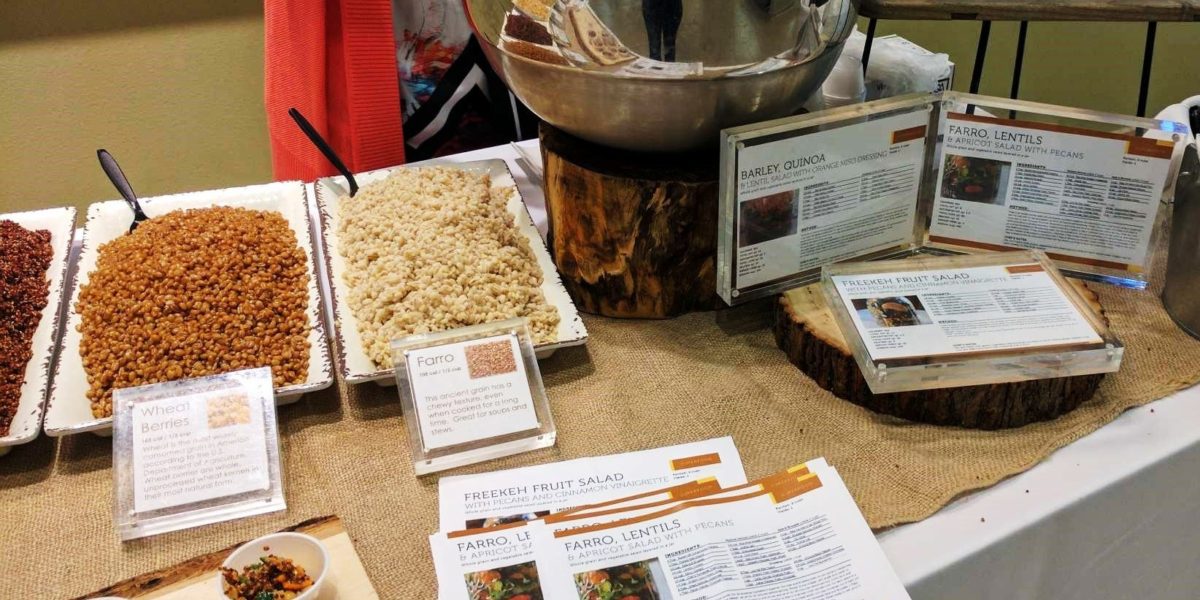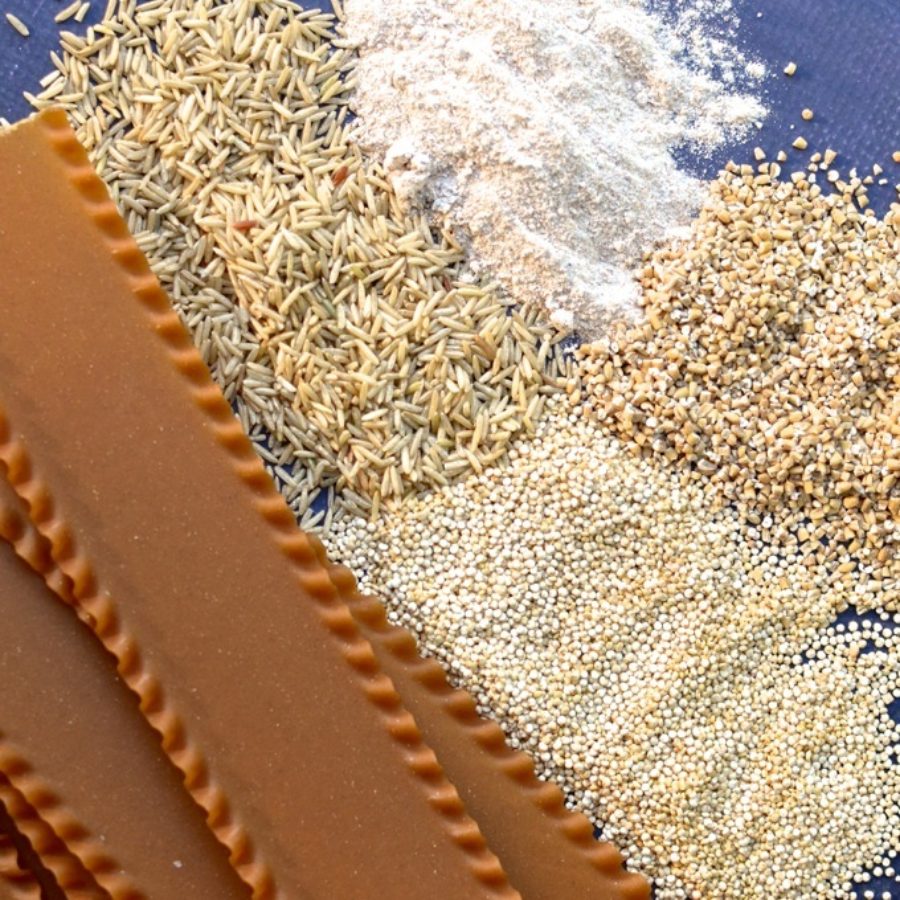
Whole Grains: What's in a Slice?

What’s in a Slice?
Americans aren’t eating enough fiber. The recommended daily intake is 25-38g of fiber per day and most Americans eat just over half that amount. A key to increasing fiber in the diet is to switch to whole grains. Why not start with your bread? Unfortunately, the bread aisle can be confusing unless you know what to look for on the label. Read on to learn more.
100% Whole Wheat or 100% Whole Grain This label accompanies breads that are made with 100% whole grains, exactly what you’re looking for. When possible, choose these breads over others.
Whole Grain White Wheat A variety of white wheat is available and when used in its whole form (not refined) would constitute a whole grain. However, some white wheat breads are not whole grains, so check the label to be sure you’re getting a whole grain.
Made with Whole Grains Skip this claim and instead go straight to the ingredient list. If the word “enriched” is in the first ingredient then you can be guaranteed that the product isn’t mostly whole grains.
Multigrain It sounds promising, but unfortunately the number of grains doesn’t tell you if the grains are whole grains. For instance, you may have multiple types of grains like wheat and rye, but both may have also been refined. Always check the label to be sure the multiple grains in the product are whole grains, not refined.
Added Fiber You may see breads claiming added fiber that are still made with refined grains. Research shows that whole grains, and the fiber in them, are associated with a lower risk for chronic disease like heart disease and diabetes. The research isn’t as clear on the benefits of added fiber not found in the whole grain. If you’re looking for more fiber in your bread then be sure it’s also made with whole grains for the most benefit.

Whole Grain Definition and Varieties
A whole grain can be defined as a grain that has all three components intact – endosperm, bran, and germ. As listed on the Whole Grains Council website: “All grains start life as whole grains.” Only in processing are whole grains turned into refined grains.
Varieties of Whole Grains
- Amaranth
- Barley
- Bulgur
- Corn
- Farro
- Freekeh
- Kamut
- Millet
- Oats
- Quinoa
- Rice
- Rye
- Sorghum
- Spelt
- Wheat
- Wild Rice
Written by Allison Knott, MS, RDN, LDN.
For questions or more information, please reach us at flikblog@compass-usa.com.